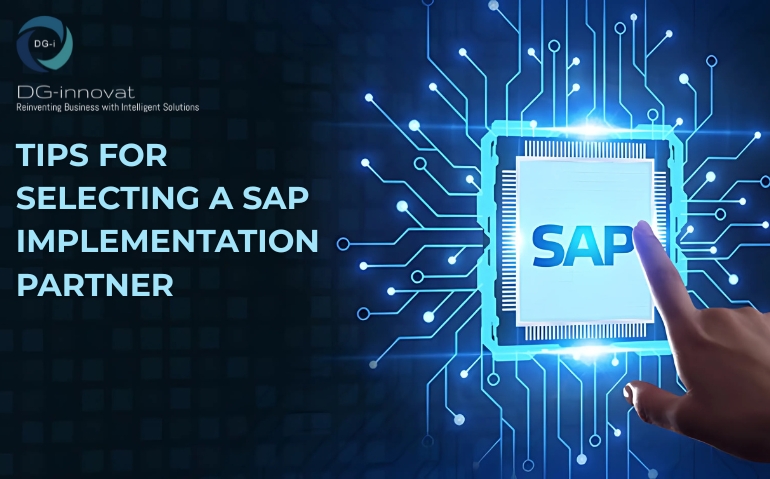Why Do Reef Hobbyists Prefer Peppermint Shrimp in Aquariums?
Discover why reef keepers love peppermint shrimp for pest control, cleaning, and easy care in saltwater aquariums.

If you've ever spent time watching a saltwater aquarium, youve probably noticed some small, striped shrimp darting around the rocks. Those little creatures are Peppermint Shrimp, and they're a favorite in the saltwater tank world. Midway through any good tank conversation, someone will bring up saltwater peppermint shrimp for sale and how handy they are to have. These shrimp have earned their reputation not just because of their appearance but because of the jobs they take on inside the tank.
The Appeal of the Peppermint Shrimp
One of the biggest reasons people love these shrimp is how easy they are to manage. Theyre peaceful, stay small, and dont demand much. For reef hobbyists who already deal with corals, fish, and complex water chemistry, having a helper that doesn't add to the stress is a big win. Their red and cream-colored stripes also give them a unique look that pops against rock and coral backgrounds.
Natural Problem Solvers in the Reef
Aiptasia, a common pest anemone in saltwater tanks, can quickly become a serious issue. They sting corals, grow fast, and are hard to get rid of without harming other things in the tank. Thats where Peppermint Shrimp shine. Theyre one of the few reef-safe creatures known to snack on these pesky anemones, helping hobbyists keep their tanks cleaner with less effort.
They Keep Things Tidy
Beyond eating Aiptasia, Peppermint Shrimp act like little janitors. They munch on leftover food, fish waste, and dead tissue. That means less decaying material floating around, which can reduce ammonia and nitrate levels. While they wont replace regular tank maintenance, they definitely make things easier to manage.
Easy to Feed and Care For
Peppermint Shrimp arent picky eaters. Theyll take frozen, flake, or pellet food, and they usually scavenge whatever falls to the bottom. This makes them easy additions to established tanks. They're also hardy and adapt well to different tank setups, which means fewer losses after introducing them.
Perfect for Smaller Tanks Too
Not everyone has a 200-gallon reef setup. For hobbyists with nano or small reef tanks, space and stocking are big concerns. Peppermint Shrimp stay under two inches in length, so theyre ideal for tight spaces. They're active, visible, and dont produce a lot of waste, which helps keep smaller systems more stable.
Compatible With Most Reef Inhabitants
Another reason reef hobbyists lean toward Peppermint Shrimp is that they rarely cause issues with other tank mates. They get along with most peaceful fish and invertebrates. You wont find them picking at corals or harassing other livestock, especially when theyre well-fed.
They're Fun to Watch
While theyre helpful, theyre also fun. Peppermint Shrimp are social and often hang out in groups. Watching them interact, dart in and out of rocks, and wave their antennae can be entertaining. In the evenings, when the lights dim, they become more active, adding motion and interest to the tanks darker hours.
They Help New Hobbyists Gain Confidence
People new to saltwater tanks often feel overwhelmed. Keeping corals and fish alive, dealing with algae, and understanding water parameters takes time and practice. Adding something manageable, useful, and hardy gives newer reefers a little breathing room. Seeing these shrimp do well boosts confidence and keeps interest high.
Some Tips for Success
While theyre easy to care for, its still important to keep a few things in mind. They need stable salinity and temperature like any saltwater critter. Also, make sure youre getting true Peppermint Shrimpsome look similar but dont eat Aiptasia. Ask for Lysmata wurdemanni by name to avoid mix-ups.
How to Introduce Them to a Tank
Once your tank is cycled and stable, Peppermint Shrimp can be added without much fuss. Float their bag to match the temperature and slowly drip acclimate to your water. Release them near rockwork so they can find a hiding spot right away. They might disappear for a day or two, but soon enough, theyll show up during feeding time.
When They Might Not Be the Right Fit
Its not all perfect, though. If your tank has aggressive fishlike large wrasses or triggerfishPeppermint Shrimp can end up as dinner. Also, if theyre underfed, theres a slight chance they might nip at soft corals, though its rare. Keeping them well-fed usually prevents any trouble.
Final Thought:
Peppermint Shrimp may not be the flashiest creatures in your tank, but they make a real difference. From helping with unwanted pests to staying out of trouble with other livestock, they fit naturally into reef life. Whether youre a beginner looking for a low-maintenance helper or a veteran aquarist needing some extra cleanup support, these shrimp earn their spot.





































































